Architecture Styles in European Churches
April 22, 2015
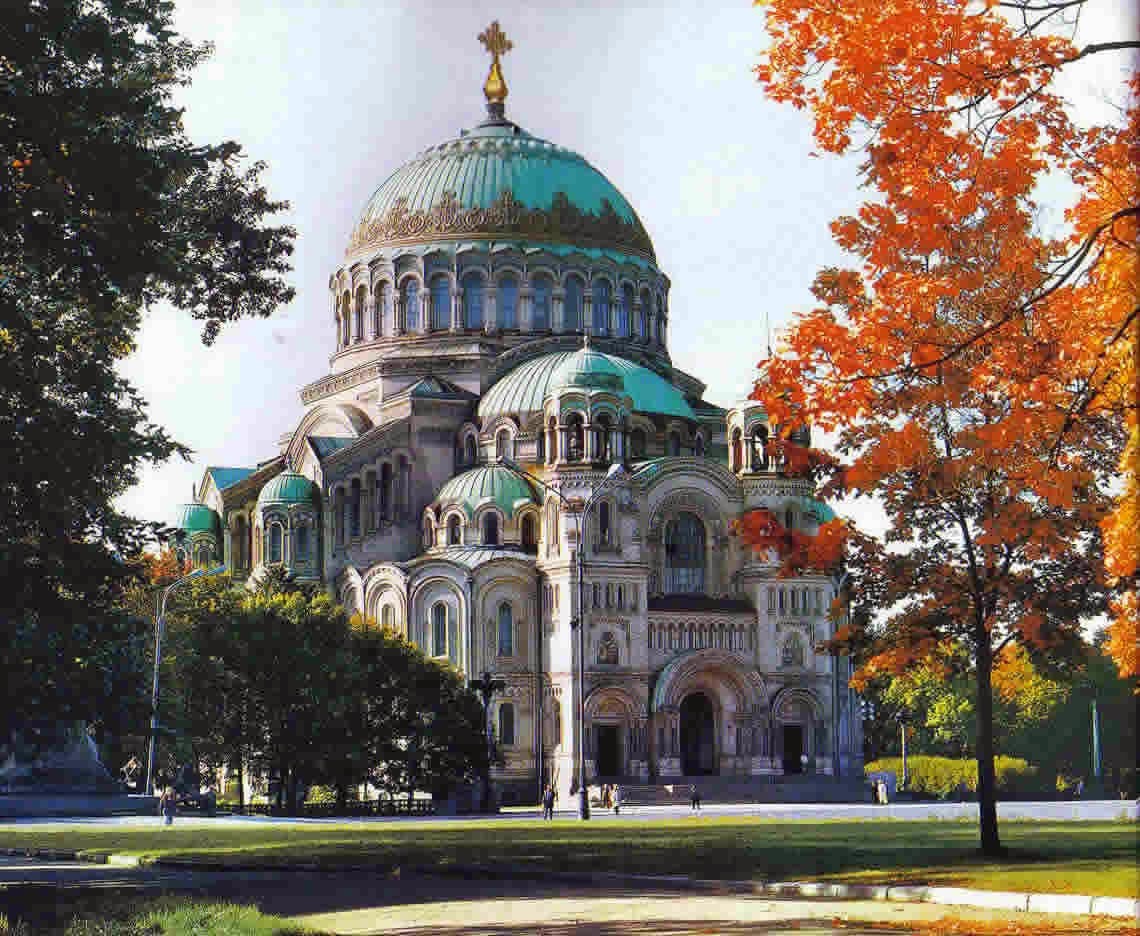
Diana Stanley is a Museum Volunteer studying abroad in Europe until June. She's writing as a Field Reporter while she travels and recently explored Germany. Follow our blog to receive her updates throughout the coming months.
By Diana Stanley, Field Reporter
On our second day of adventure in Germany we headed to Cologne or as the maps say, “Köln” (pronounced Call-on). Cologne’s cathedral is known all over the world. It is second only to the Vatican in size and towers over the modern landscape. Cologne was the largest Roman city of the north, hence its name from the Latin word colonia, or a first tiered city in the Roman Empire. It has remained a vital trading place ever since. In the Middle Ages, Cologne gained wide renown as a pilgrimage site when Emperor Barbarossa stole the relics of the Three Magi of the Epiphany for the cathedral. Unfortunately, much of the Dom was closed to visitors for Holy Week services, so instead we checked out the nearby church of St. Andreas (St. Andrew) which was a pretty cool substitute.
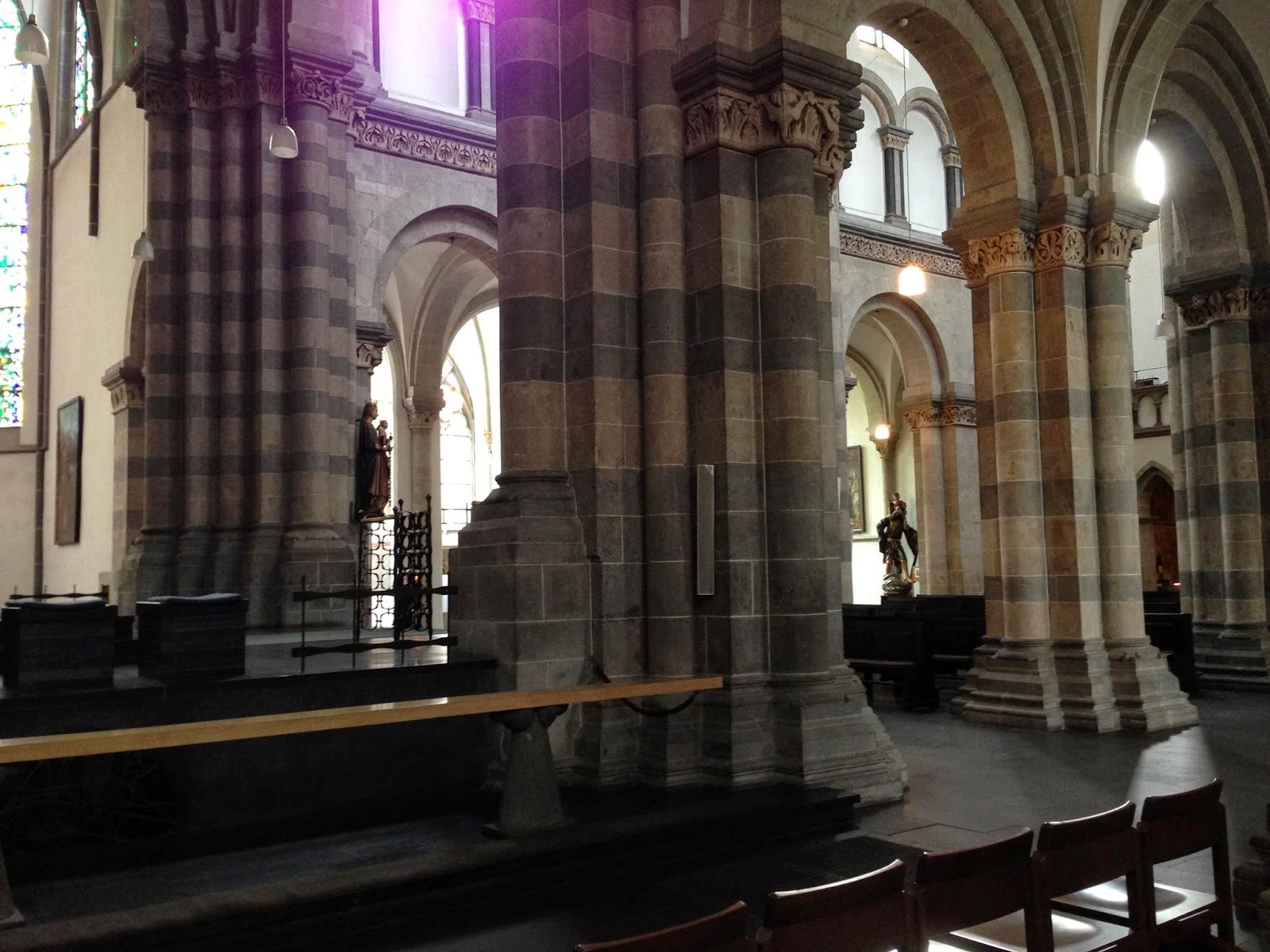
Cologne as a pilgrimage site has more churches than Paris with less than half the people. St. Andrew’s was constructed in the 10th century but rebuilt in the Romanesque style in the 12th century. When writing about churches, writers tend to bandy about architectural terms assuming their readers know what they are talking about which generally leads to a lot of pointless Wikipedia searching. It’s frustrating and leads to American tourists visiting Western Baroque churches and strolling away remarking on how it is a beautiful example of Gothic style. So without further ado, let’s do some architecture time travel.
Classical (any Christian church earlier than 4th century)
When Christianity was legalized the people needed larger worship spaces quickly, but pagan temples were not built to accommodate large group gathering spaces. The pagans believed the sanctuary was for priests, not the plebeians. Emperors let worshippers use basilicas or public marketplaces, which are easy to spot today. The areas are large rectangles with lots of Corinthian columns (the columns with leaves on top). A dome might also make an appearance. The old St. Peter’s Basilica in Rome was built as a church, but it still used the old basilica format. Tourist tip: If a church is still really old but has a circular shape it might have been a pagan temple or converted arena like the Pantheon or the Coliseum.
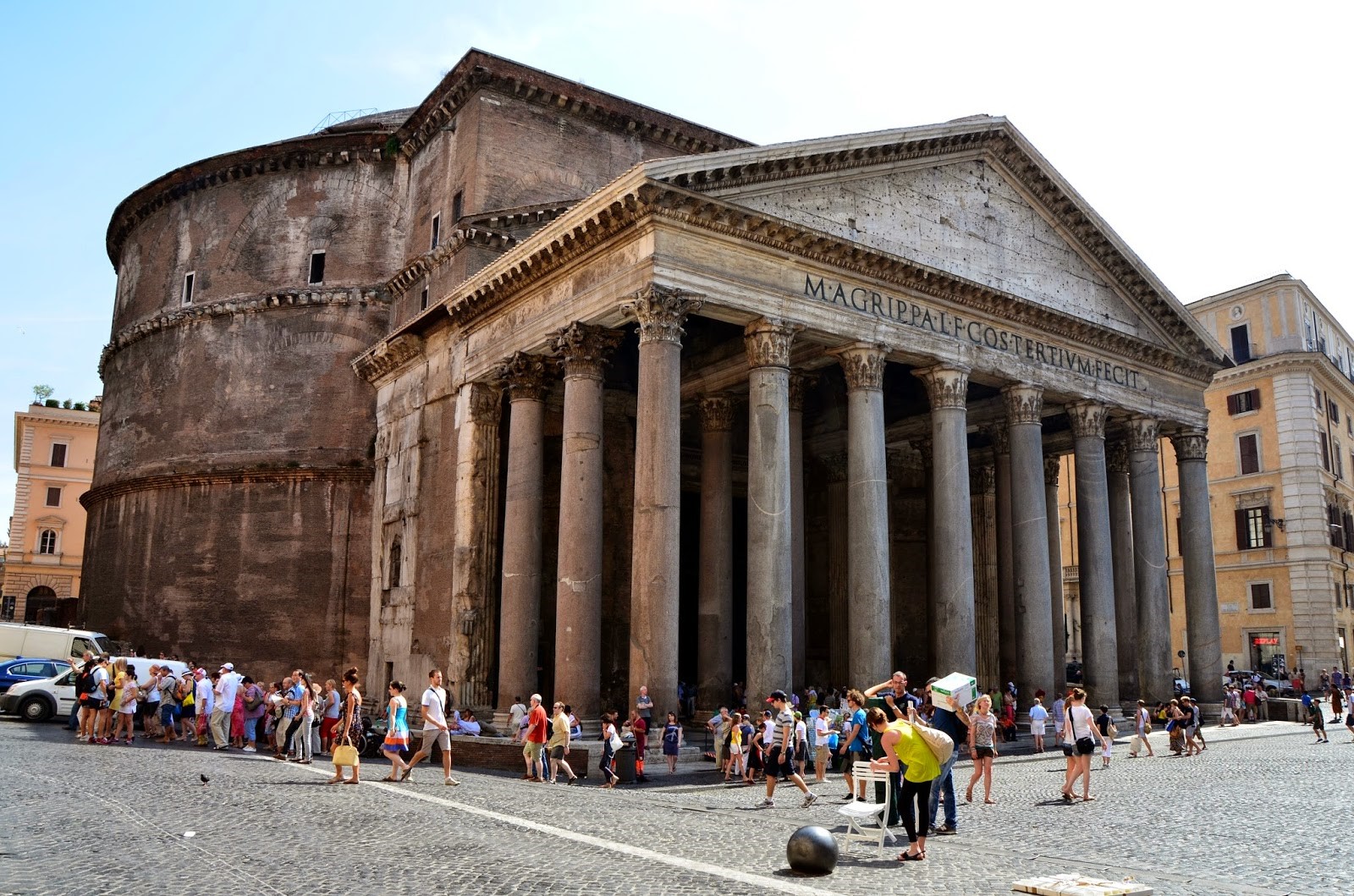
Byzantine (late 4th century to 9th century)
After declaring Christianity legal and its worshippers not the cannibal traitors to the Empire the Romans thought they were, Emperor Constantine moved the capital to Constantinople. While nowadays the city is the capital of Turkey, in the early Middle Ages it was the height of Greek culture. Despite Byzantine being a synonym for secretive or cryptic in the West, the churches are easy to spot. Just look for round domes, mosaics, and icons (flat paintings which use lots of gold). Because of some theological differences over what religious art is sacrilegious, expect few statues. Tourist tip: In some Northern Germanic countries like England, other styles were prevalent such as Anglo-Saxon. Only traces remain, so if a description says a statue is Anglo-Saxon prepare to oh-and-aw appropriately.

Romanesque (10th century to 12th century)
This style gets its name from its similarity to Roman architecture. It was pioneered by the Norman French and they took it with them wherever they went or conquered. Thus, there are examples in France, England, and even Southern Italy (Bari’s San Sabino is particularly spectacular). Look for a cross shape with rounded arches. Instead of mosaics, Romanesque churches moved toward painted walls, like at St. Andrew’s. The Normans also liked the “tooth” decoration (a series of chevron V's) on arches.
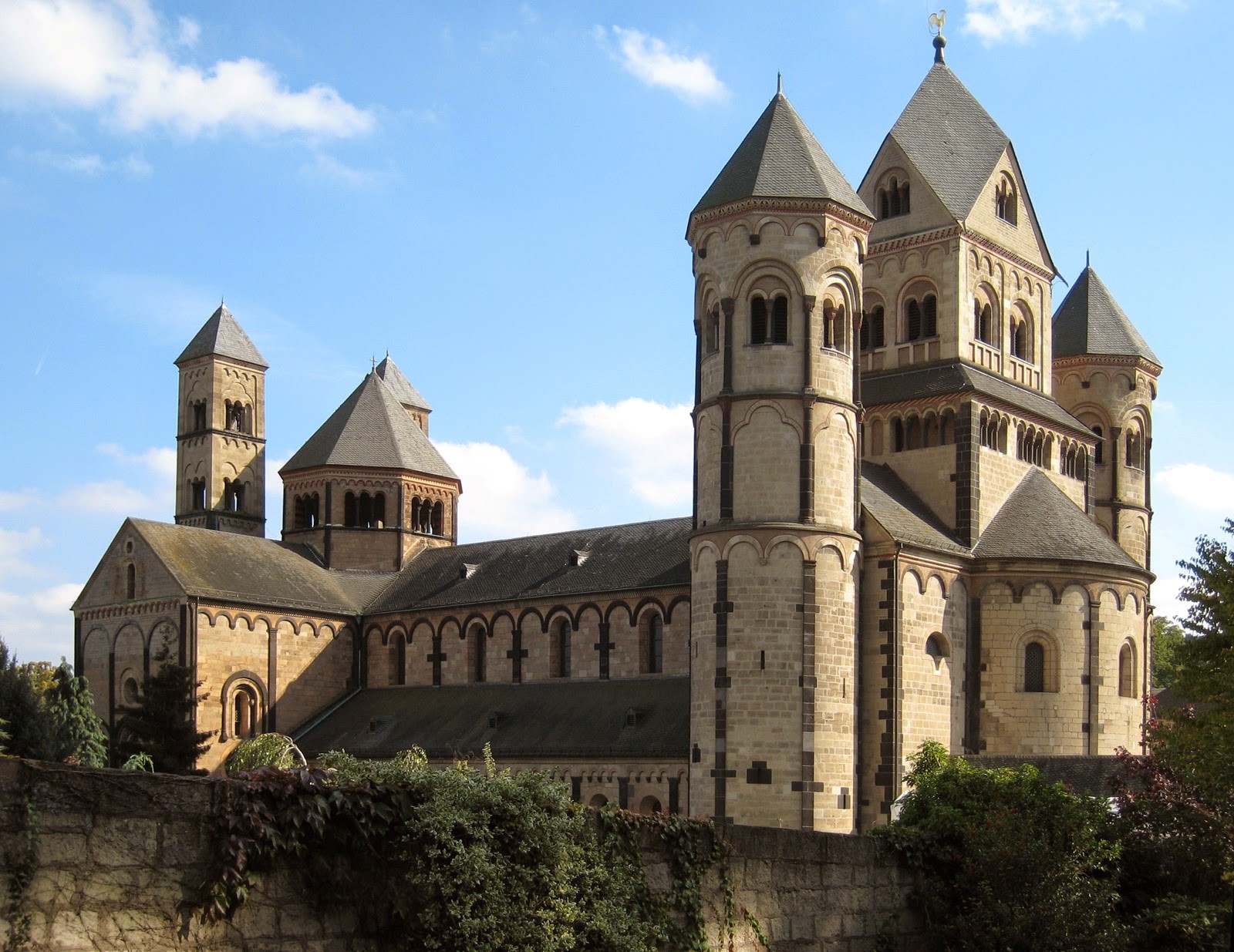
Gothic (12th - mid 15th century)
Gothic is the architectural form everyone seems to know but it actually has subdivisions. For example in England, these are Early English, Decorated, and Perpendicular.
• Early English: like Romanesque with pointed arches and more carving.
• Decorated: Decoration goes through the roof.
• Perpendicular: Necessity is the mother of architectural style. The Black Death killed too many stonemasons so churches opted for simpler ornamentation and soaring straight lines.
Tourist tip: The area partitioned off by screens or stonework around the main altar is called a quire (pronounced like choir). It was meant to keep the clergy separate from the rest of the people during services. Sound familiar?
Renaissance (15th century - 17th century)
This wall gets a fresco! The ceiling gets a fresco! Every surface gets a fresco!
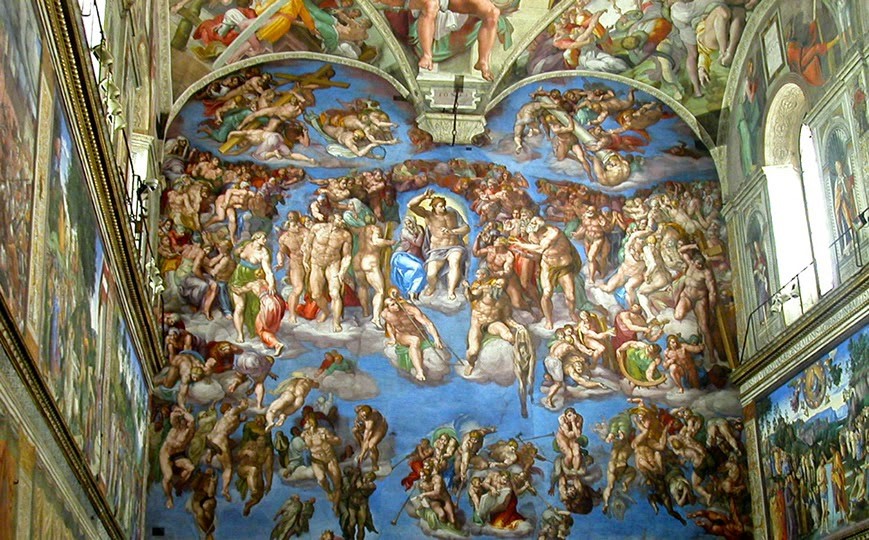
Baroque (17th century - mid 18th century)
The level of decoration in churches is a bit like a pendulum swinging from lots of ornament (Decorated) to barely any (Perpendicular). In Baroque, the pendulum swung back to highly ornate. This meant lots of gold and oval shapes for churches. These churches used painting ideas from the Renaissances such as chiaroscuro, playing with lighting for increased effect.
Tourist tip: These churches often have painted optical illusions. There is no dome, they just want you to think there is.
There are few famous churches in Europe built after the Baroque time, but some show up as variations of an older style. Many churches in England or Germany seem colorless or gray. When they were built they were filled with color, which was whitewashed away during the Protestant Reformation. As noted in the Byzantine era, there are plenty of other smaller styles. The average tourist will only see churches that conform to one of these disciplines, although as most churches took decades to build, architectural styles mix with one being “predominant.” In any case, here's my last tourist tip: have fun and explore!